Women in Metals: Owning Their Impact
I had the pleasure of speaking to 300+ women on the main stage at the Association of Women in Metals (AWMI) annual conference last week.
The “A” in AWMI should definitely stand for Amazing. These women are bad ass in so many ways; they forge longstanding relationships and are filled with a driving force to make an impact. Loyalty, pride, tenacity, and resilience as well as creativity and curiosity all came through in conversations leading up to and during the conference.
My workshop/talk was on the importance of Being the CEO of Your Personal Brand. Everyone has a personal brand; It’s the way you show up, what you’re known for, how you lead, and how you make people feel. But your personal brand isn’t about self-promotion. It’s about the impact you make and how you serve others through the unique combination of your talent and your purpose.
When you connect your talent and purpose to that of the legacy identity of the company, you maximize your growth and impact.
There are four steps we went through to identify how each person can maximize their authentic impact.
1) Discovering Your Company’s Legacy Identity
We began by exploring the idea of Legacy Identity, the essence of a company’s DNA. Every organization has a core promise born from its founders’ vision: the non-negotiables that guide how people are treated, how business is done, and how customers experience the brand.
To set the stage, we reviewed a few examples including, John Deere which has a strong legacy identity of reliability, community, and innovation. Nucor has a strong legacy identity of common purpose, empowerment and innovation through their flat organization and decentralized model. Coremark Metals based in Minnesota was another great example of a company with a strong legacy identity; serving the everyman/everywoman, creators and inspiring originality and purpose among the workforce.
Every company has a legacy identity that embodies what it’s like to work there. By reflecting on this, you can identify what’s important and focus your talents and purpose to advance that purpose.
There is a simple construct you can use to discover your company’s legacy identity, called the Four C’s of Value - Customer,
Human, Social, and Structural Capital.
- Customer Capital: The experience your customers return for again and again.
- Human Capital: The character, talent, and craftsmanship of your people.
- Social Capital: The shared pride and purpose that unite a team.
- Structural Capital: The systems, processes, and strategies that create consistency and trust.
Your company’s legacy identity is its rallying cry. The part of the story that inspires loyalty, pride, and connection.
2) Where Talent Meets Purpose
Next, we turned the lens inward. Each of us has a zone where our talents and purpose intersect—our focal point. When we operate from this place, we feel energized and aligned. Work feels natural. We contribute with intention and meaning.
I encouraged attendees to ask themselves:
- What am I really good at?
- When do I feel most alive and engaged?
- Why does this matter to me?
This exercise wasn’t about listing skills on a résumé, it was about uncovering the core energy that drives our best work.
3) The Intersection Between You and Company: Your Authentic Impact
When your personal brand aligns with your company’s legacy identity, that’s where the magic happens. This is your Authentic Impact, the space where your purpose amplifies the company’s purpose.
If your company’s legacy is innovation and your brand is connecting ideas and people, your authentic impact might be serving as the bridge between creativity and execution. When the company and individual are aligned, both grow stronger.
4) Creating Change: From Awareness to Action
Finally, we tackled a critical part that holds many people back - change. Growth requires us to evolve how we think, act, and communicate. It may mean adjusting habits, managing emotions with greater EQ, or shifting from a tactical mindset to a strategic one.
We discussed three key actions to move from intention to impact:
- Think and act strategically. Learn how your work influences the bigger picture and know your audience.
- Innovate. Be a student of the business and realize that innovation isn’t just about products or technology.
- Communicate Differently. Set clear expectations, manage your emotions, and confront issues sooner rather than later.
The Takeaway: Own Your Impact
“Be the CEO of Your Personal Brand” is more than a keynote, it’s a mindset shift. When you take ownership of your personal brand, you stop waiting for opportunity and start creating it. You lead from purpose. You become a steward of your company’s legacy while shaping your own. When you self-reflect and recognize the changes you need to make, you position yourself for growth.
As I closed the session, I reminded everyone that impact isn’t accidental, it’s intentional. Whether you own the business, are an up-and-coming successor, leading a team, supporting operations, or just starting out, your brand already exists. The question is: Do you own your impact?
The conversation doesn’t end here. If this message resonated, share it with someone who needs a reminder of their impact, or tag a woman in your network who leads with purpose.











